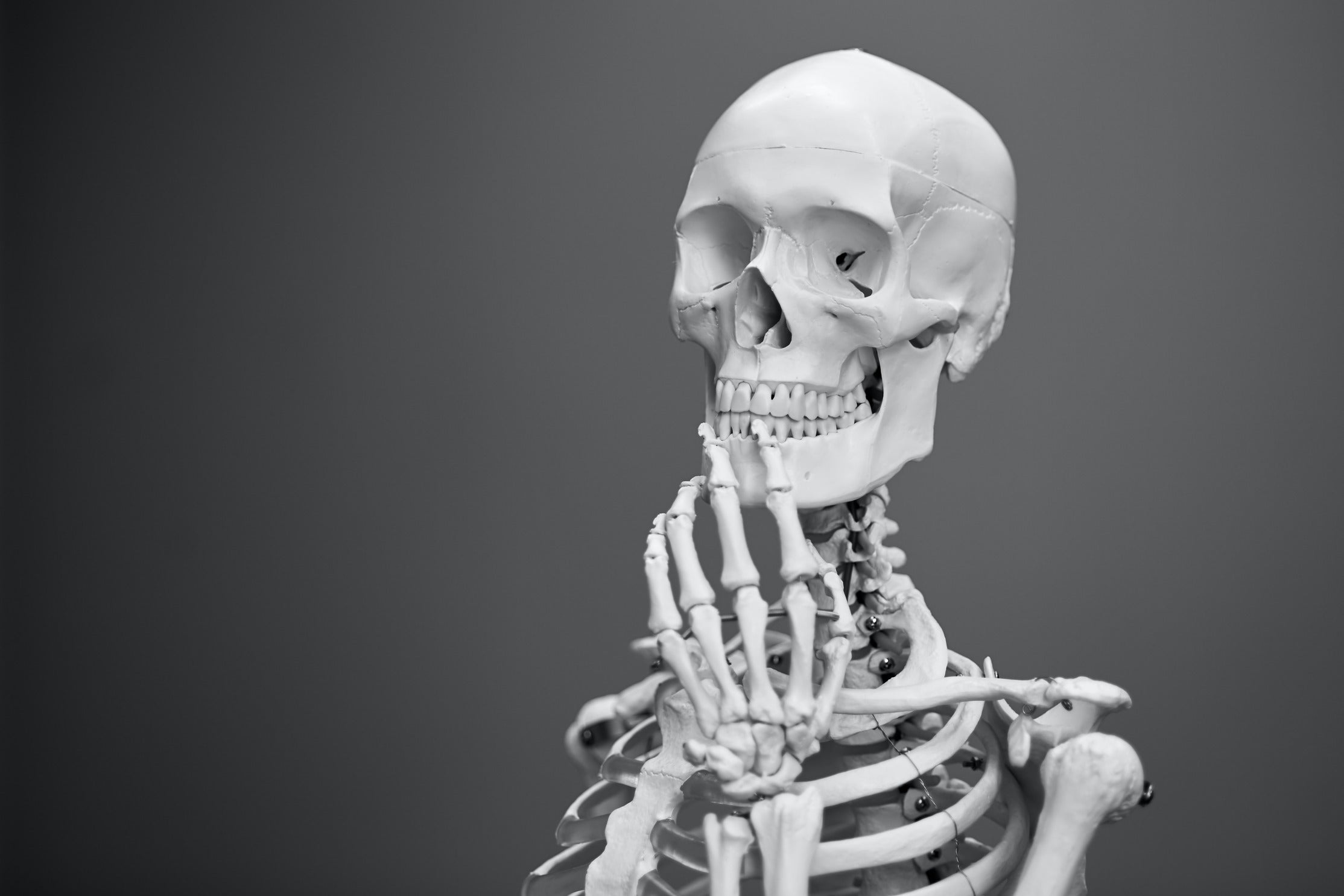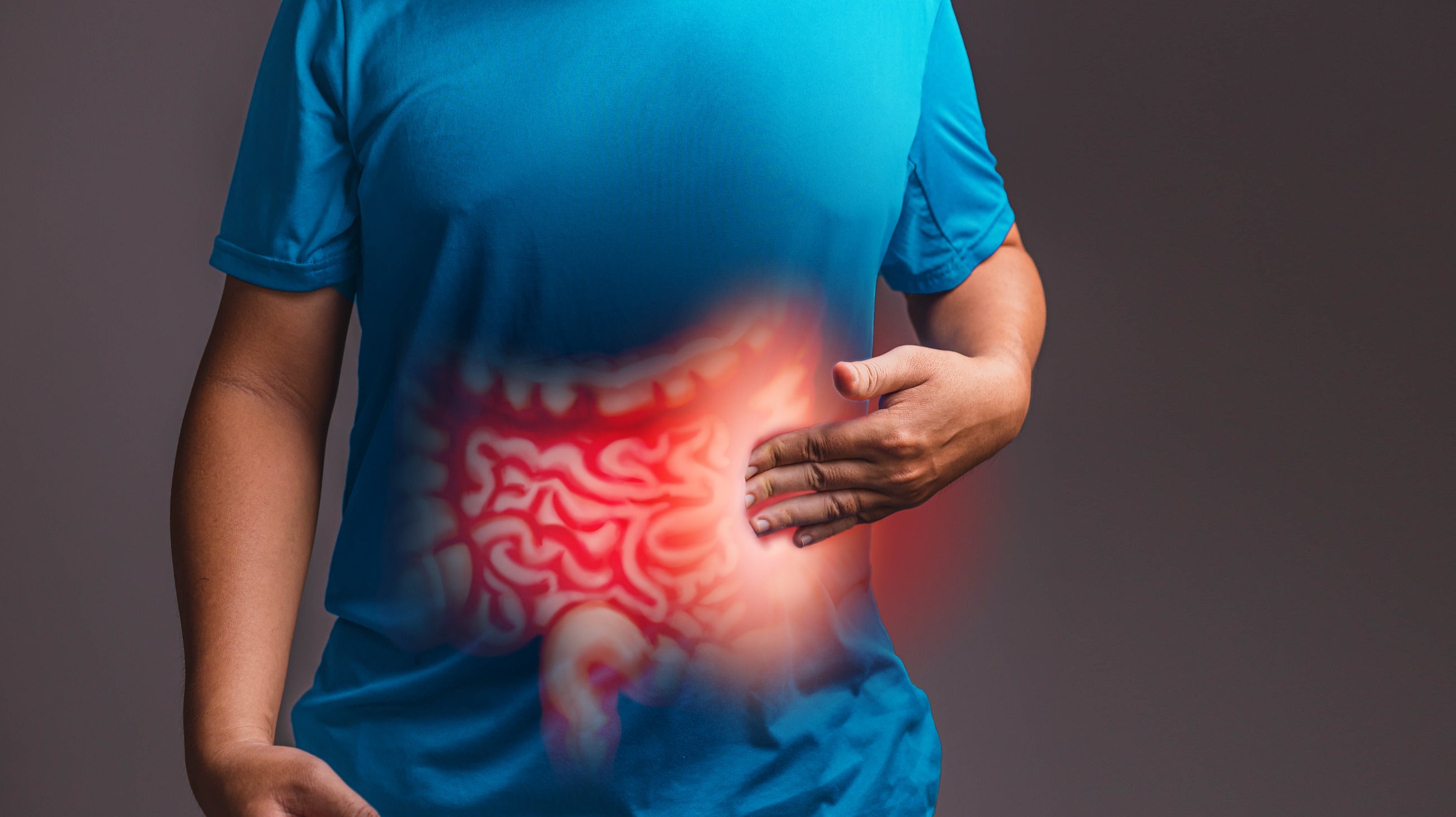
Bare Bones: How To Make Your Bones Stronger
There’s a surprising common factor between active adolescents and sedentary elder folks: broken bones.
Bones make up the skeletal framework that supports your body. They handle a lot, from facilitating movement to protecting crucial organs, and even creating red blood cells. It’s important that your bones be dense, hard, and sturdy. But lifestyle factors affect this sturdiness, leading to poor bone structure and increasing the risk for several bone diseases.
Some of the most common bone disorders include:
- Osteoporosis: A common disease featuring loss of bone density and bone strength.
- Scoliosis: An abnormal curvature of the spine, often into a C or S shape that presents during the growth spurt period of adolescence.
- Osteogenesis Imperfecta: Also known as Brittle Bone Disease, it’s a genetic disorder causing brittle bones.
- Paget’s Disease of Bone: A disease that affects the bone tissue replacement cycle, causing weak and deformed bones and affects bone mass.
- Rickets and Osteomalacia: Conditions that impair bone growth and development, causing soft and weak bones. When it occurs in children and affects developing bones, it is called Rickets. Osteomalacia affects adults and pre-formed bones.
- Bone Cancer: There’s primary bone cancer, where the cancer starts in bone tissue itself. And then there’s secondary bone cancer, wherein the cancer started in a different part of the body, but spread to the bones. Secondary bone cancer is more common than the primary one.
- Joint Disorders: Conditions like arthritis and gout affect the joints of the body, leading to discomfort and pain that interferes with daily life.
But what can be causing these diseases?
There are multiple, intersectional causes of bone disorders including aging, sex, race, inflammation, hormonal changes, toxicity, and poor dietary factors. One of the most prevalent causes though, is vitamin and mineral deficiency. All of the above bone diseases can be linked to a lack of vitamin D in one’s diet, especially in children.(1, 2, 3, 4) Secondary cancer, which is more common, is also linked with lower vitamin D levels.

But having subpar bone health does not need to be the end. You can take control of your health with these functional life hacks for healthy and strong bones:
- Avoid Stimulants: Alcohol and cigarettes contribute to weakened bones and leave them susceptible to bone disorders such as osteoporosis. In general, alcohol and cigarettes harm many parts of your system and it is best to abstain from substance use.
-
Don’t Sit Around: A healthy and active lifestyle promotes bone growth and activity at any age, especially up to the age of 30. Research suggests that bone loss begins after this age, and exercising to increase bone mass and strength can help prevent this. If you’ve wondered how to increase bone density after 40, active exercise is one of the best ways, since bone is living tissue and can change over time depending on circumstances. The best exercises are weight-bearing exercises such as walking uphill or climbing a staircase, lifting weights, playing tennis, dancing, etc.
Here’s a fun fact: Astronauts are prone to loss of bone mass during extended stays in outer space thanks to the low gravity environment, and need to do extensive physical training to prevent it!
-
Meditate: Chronic stress is a major factor in calcium depletion, leading to increased chances of bone disorders and diseases. Meditation is a proven way to relax and calm the nerves, and ensure your body is not constantly functioning in high-alert mode. Just a few minutes of yoga and meditation will do wonders for your physical as well as mental health, which in turn will also care for your bone health.
- Avoid Certain Medications: Drugs such as Proton Pump Inhibitors (PPIs) are used for acid suppression in the body. However, they have a detrimental effect on bone health. The suppression of stomach acids interferes with the metabolism of nutrients, leading to insufficient absorption of key vitamins and minerals.
- Eat Right: You need to get enough nutrients for proper system functioning, and food is the best and most natural way of doing this. Consider skipping gluten as it can promote gut inflammation which can lead to higher chances of osteoporosis. Calcium is essential for bone mineralization and development, but it might not get absorbed without sufficient vitamin D. Oily fish, red meats, liver, and whole eggs are also rich sources of vitamin D, which you should add to your diet.
-
Supplements: A report found that Vitamin D deficiency is rampant in children and adolescents from different geographical regions in India. Older women, too, are at a higher chance of reduced Vitamin D levels. So it might be worth getting your vitamin levels checked, and to make up for the missing Vitamin D through supplements. Chances are, there aren’t enough foods with Vitamin D3 and K2 in your diet, especially if you follow a vegan or vegetarian diet. Supplements will be a quick and easy way to get these micronutrients and tackle deficiencies.
Note: Taking supplements without consultation should be avoided. For example, calcium supplementation without the menaquinone form of vitamin K2 can be dangerous. It is also important to avoid vitamin D toxicity, or hypervitaminosis, which occurs when there is too much of a vitamin in the body. As such, get a functional medicine test conducted to find out your vitamin and mineral levels and then understand what is the appropriate dosage for you. In the case of pregnant and breastfeeding women, always consult your health professional before taking any medication or dietary supplement.
Having healthy bones is necessary for growing children and adolescents, and it’s even more important to care for your bones in adulthood. Osteopenia is the loss of bone mineral density (BMD) as you age, and proper care for your bones can help prevent and manage this. You don’t need to put up with joint pain, arthritis, frequent fractures, and other bone related issues. Grab control of your health, functionally and wholly, and create a healthier lifestyle for yourself!
Other References:
https://medlineplus.gov/bonediseases.html
https://www.rupahealth.com/post/a-functional-medicine-approach-to-osteoporosis
https://carolinatotalwellness.com/blog/index.php/2023/02/03/a-functional-medicine-approach-to-osteoporosis/#:~:text=Risk%20factors%20for%20osteoporosis%20include%3A&text=Consumption%20of%20excess%20amounts%20of,the%20point%20of%20bone%20resorption.
https://www.drbrianlum.com/osteoporosis
https://www.ifm.org/news-insights/hormones-and-bone-health/
https://www.ithrive.shop/products/liquid-vitamin-d3-k2-drops



Leave a comment
This site is protected by hCaptcha and the hCaptcha Privacy Policy and Terms of Service apply.